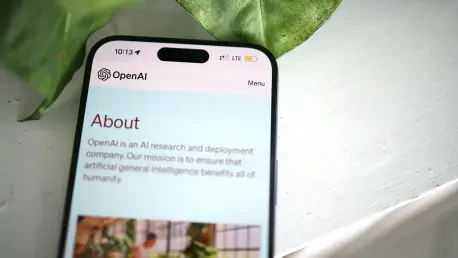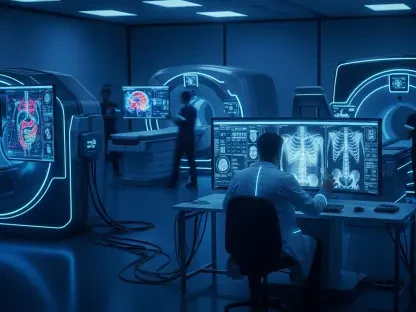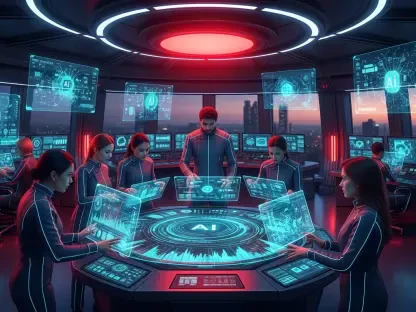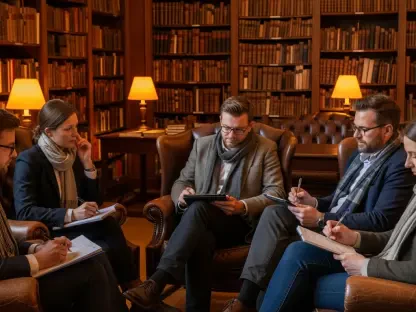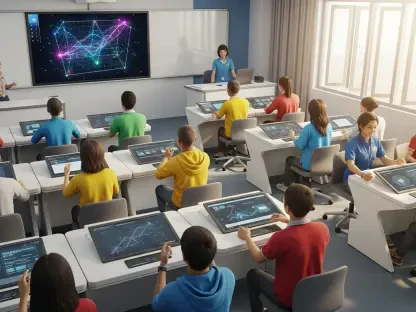What does it take to power the next era of human innovation, when artificial intelligence could outthink and outpace even the sharpest minds? A staggering $100 billion partnership between OpenAI and Nvidia offers a glimpse into this high-stakes future, where chips and computing power are the new gold. This deal, unveiled as a landmark letter of intent, isn’t just about hardware—it’s about building the foundation for superintelligence that could transform every industry from healthcare to finance. Dive into the story of an alliance that’s poised to reshape the technological landscape and spark debates over power, competition, and progress.
The Stakes of a Superintelligent Tomorrow
This partnership stands as a defining moment in the race toward artificial general intelligence (AGI), a goal that OpenAI has long championed. The collaboration with Nvidia, the titan of AI chip manufacturing, signals a recognition that raw computational muscle is no longer optional but essential. With AI models growing hungrier for processing power by the day, the ability to train and deploy them at scale could determine who leads the next digital revolution.
The significance of this deal extends beyond the two companies involved. It highlights a seismic shift in how technology giants position themselves in an era where AI isn’t just a tool but a cornerstone of economic and societal change. As computing infrastructure becomes synonymous with power, this alliance raises critical questions about accessibility, fairness, and the concentration of influence in a handful of players.
Compute Power: The Heartbeat of AI Innovation
In today’s tech landscape, computational resources are akin to the oil of the industrial age—a vital commodity driving progress. OpenAI’s CEO, Sam Altman, has emphasized this reality, stating that “computing infrastructure will be the basis for the economy of the future.” The exponential growth of AI models, which demand ever-larger datasets and processing capabilities, underscores why access to cutting-edge hardware is non-negotiable for staying competitive.
The broader industry feels this pressure acutely. Tech giants and startups alike scramble to secure chips and data center capacity as demand skyrockets, often outpacing supply. This partnership addresses such bottlenecks head-on, ensuring that OpenAI has the resources to train next-generation systems capable of serving millions of users worldwide, while setting a precedent for how computing scarcity might shape strategic alliances.
Unpacking the $100 Billion Blueprint
At the core of this historic agreement is Nvidia’s commitment to supply at least 10 gigawatts of hardware—an amount sufficient to power over 8 million U.S. households—through its advanced Vera Rubin platform starting in the second half of 2026. This phased rollout begins with one gigawatt of capacity coming online, a stepping stone to the full scale of the project. The sheer magnitude of this infrastructure investment marks it as one of the largest of its kind in AI history.
Financially, the deal is equally ambitious. Nvidia will invest up to $100 billion in OpenAI, kicking off with an initial $10 billion for non-voting shares. In return, OpenAI will channel these funds back into purchasing Nvidia systems, creating a tightly woven economic loop. This structure, while innovative, also ties into OpenAI’s broader strategy, including parallel efforts to develop custom chips with partners like Broadcom, hinting at a diversified approach to hardware needs.
The scope of this collaboration fits into a larger ecosystem of AI development. Beyond just hardware supply, it positions both companies as central players in defining how computing resources are allocated and prioritized over the coming years, potentially influencing everything from research timelines to market dynamics.
Industry Reactions: Optimism and Unease
Feedback from industry leaders paints a complex picture of this deal’s impact. Sam Altman has been vocal about its transformative potential, arguing that such infrastructure is indispensable for future breakthroughs. His vision resonates with many who see AI as the next frontier, yet not all reactions are purely celebratory.
Analysts like Stacy Rasgon from Bernstein have raised flags about the financial intricacies, pointing to “circular concerns” in the investment-purchase cycle between Nvidia and OpenAI. Meanwhile, antitrust lawyer Andre Barlow cautions that this alliance could entrench Nvidia’s dominance in AI chips alongside OpenAI’s software lead, potentially squeezing out competitors. Market responses reflect this duality—Nvidia’s stock soared by 4.4% to a record high, while some partners like Broadcom saw minor dips, hinting at mixed investor sentiment.
These perspectives underscore a broader tension in the tech world. While the partnership fuels excitement for accelerated innovation, it also stirs apprehension about market concentration and whether smaller players can keep pace in a landscape increasingly shaped by such mega-deals.
Charting a Balanced Path Forward
As this alliance redefines the AI industry, the question of balance looms large. How can innovation thrive without stifling competition? One approach lies in diversification—OpenAI’s pursuit of custom chip designs with other collaborators demonstrates a strategy to avoid over-reliance on a single hardware provider, offering a model for others to emulate.
Regulatory oversight also plays a pivotal role. With shifting political climates, such as the current pro-business environment, there’s a window for deals like this to advance with fewer hurdles. Yet, regulators might still need to craft frameworks that ensure fair access to critical resources, preventing any single partnership from monopolizing progress.
For stakeholders across the sector, the path forward involves proactive steps—whether it’s investing in alternative technologies or advocating for policies that foster an inclusive ecosystem. The challenge lies in harnessing the potential of such collaborations while safeguarding the diversity that fuels long-term creativity and growth.
Reflecting on a Historic Leap
Looking back, the forging of this $100 billion partnership between OpenAI and Nvidia marked a turning point in the quest for artificial intelligence that could rival human intellect. It stood as a testament to the centrality of computing power in unlocking new frontiers, while sparking vital debates over equity and control in a rapidly evolving field.
As the dust settled, the next steps became clear for industry players and policymakers alike. Prioritizing open access to technology through strategic partnerships and innovation incentives emerged as a key focus. Encouraging smaller firms to collaborate on shared infrastructure offered a way to democratize AI’s benefits. Above all, maintaining a vigilant eye on market dynamics ensured that this monumental deal became a catalyst for widespread advancement, rather than a barrier to entry for others.
